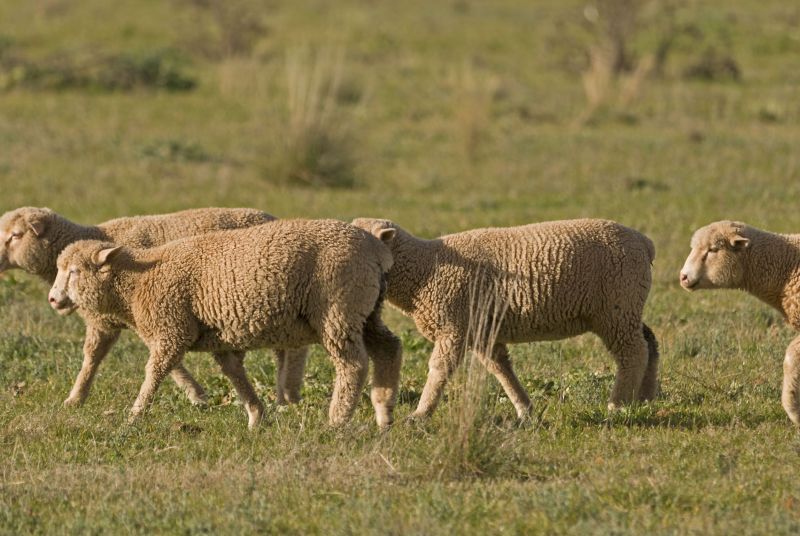
Experts report that the season for liver fluke disease in cattle and sheep has been occurring later in the year, and the 2024–2025 season is no exception.
Historically, animal health scientists would have expected to see acute/sub-acute disease in grazing livestock during the autumn and early winter.
However, in recent years, this has been slipping later and later, and in 2025, there are reports of acute disease in March.
Philip Skuce, of animal health firm Moredun, says: "This means there are still significant infectious burdens on some infected pastures in early spring, which could catch some producers out."
Rebecca Mearns, of the Animal and Plant Health Authority (APHA), concurs: "We’ve also seen evidence of immature liver fluke at post mortem in recent weeks.
"Farmers with livestock that are outwintered on pastures at risk of carrying liver fluke need to keep up their guard."
Where traditionally all development was thought to stop over the winter months, milder, wetter winters may allow liver fluke and its mud snail intermediate host to remain active and continue developing.
One infected snail can go on to produce potentially hundreds of infective cysts, producing a huge potential for the infectious stage of liver fluke on pasture when they pass out of the snail.
Too many farmers are simply sticking to routine flukicide treatments in the autumn and early winter, explains John Graham-Brown, of Liverpool University.
"Flukicides have no residual activity if sheep or cattle go back on to infected pastures they will not be protected," he says.
"The danger is that, given the later onset of the liver fluke challenge, treatments given too early leave livestock vulnerable to infection and disease in late winter and spring."
